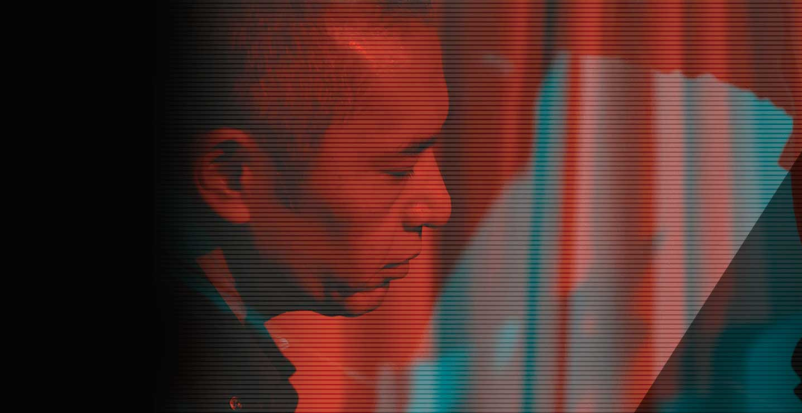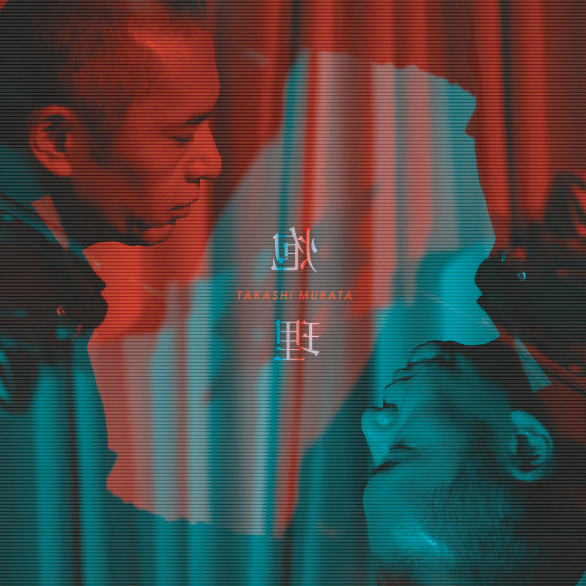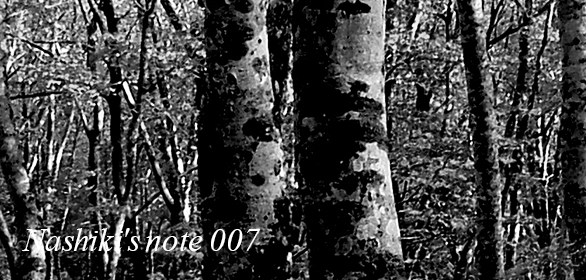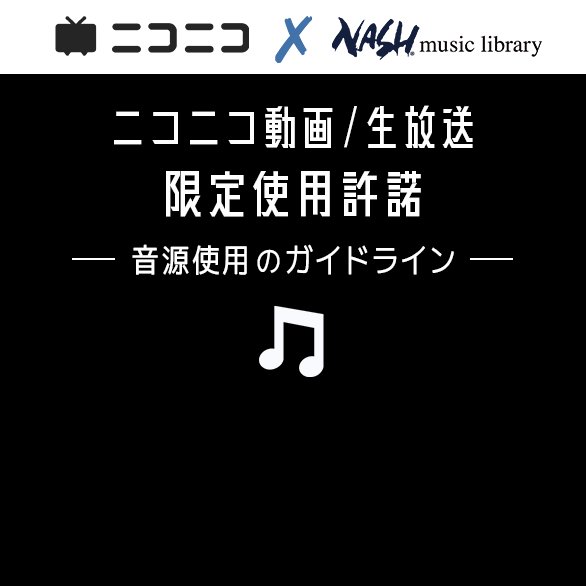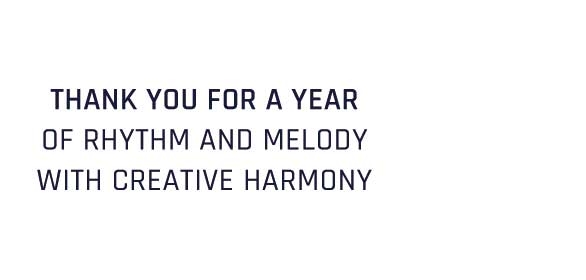Hyouri
by
Takashi Murata
Artist's Note
Prior to working on this album, I had been contemplating various approaches to music composition in between my composing jobs. I was thinking about creating songs using methods I had never tried before. One of the answers I arrived at was, "Can I finish a piece once and then reconstruct it to create a new work?" It was an exciting revelation that ignited my creative drive, and around that time, I received an offer to work on this album.
In this uncertain era, it was challenging to venture into new forms of creation. I express my heartfelt gratitude to the staff of Nash Studio who allowed me to explore new techniques in music production. Throughout the process, I reconstructed tunes, experimented with melodies through reverse playback, used instruments with altered pitches, and processed natural sounds to give rise to entirely different creations. The album-making journey made me realize that the perception of "sound" is not confined to a single perspective but holds infinite possibilities.
-
解界 (gekai - in disarray)
This opening track is fitting for opening the door to a new perspective. By deconstructing and reconstructing the song, and even playing it in reverse, I was able to create a whole new world with a different perception from what was considered the norm. It was indeed breaking the boundaries of what I thought was possible. -
爽籟 貮巻 (sourai nikan - cosmic breeze)
This tune evokes the memories of my previously released album "Geeka" and expresses the feeling of "wind" through sound. By playing the guitar arpeggio in reverse, a mysterious "wind" swirls in my mind. -
幻月 (gengetsu - moon dog)
I created this with the imagery of moving between "reality" and "illusion." The term "幻月 (gengetsu)" refers to a pair of halos that can appear on the left and right sides of the moon, making it look as if there are multiple moons. The sound of a "bell" in the song represents the moon in "reality," while other noises represent the moon in the realm of "illusion." In the end, it is revealed that the moon, once perceived as reality, was, in fact, part of the illusion. -
無稽 (mukei - unfathomable)
This track is created by infusing the Balinese ethnic music "Gamelan" with a Japanese filter. Various bell sounds fly around, intersect, separate, and rotate. Just when silence seems to set in, a "rain" of sound pours down. It's a piece that makes you feel as if the sounds are particles floating in the air. -
森羅 (shinra - infinitude)
By changing the pitch of the piano theme, I expressed its transformation into a grand and majestic entity. The transformed entity moves between heaven and earth, multiplies, undergoes further changes, and becomes another "entity." I believe you can feel the phenomenon that perpetually occurs beyond our perception. -
玲瓏 (reirou - crystal clear)
The sound of the erhu (Chinese two-stringed instrument) floating amidst the chorus of cicadas. The harmonization of natural sounds and bell tones invites the listener's mind and body to a realm of serenity. I used actual sounds from the mountains and shrines in Yoshino-gun, Nara Prefecture, aiming to achieve harmony between natural and artificial sounds. -
天羅 (sora - ruler of the universe)
I envisioned sound descending from the cosmos and ascending from the earth to create this piece. After the exchange of sounds, a serene soundscape emerges, but within it, unsettling tones intertwine. The arrangement and manipulation of sound aim to capture the mingling of clarity and turbidity from an elevated perspective. -
幽玄 (yugen - enigma)
I imagined something otherworldly moving between the quiet bamboo forest. At the beginning of the tune, it quietly floats, but as it progresses, it begins to bare its fangs. This song was also reconstructed from its original state. Initially conceived as a calm piece, fragmenting the song completely transformed its impression. The end result gave me the feeling of a peaceful everyday life being abruptly turned into a pandemic. -
炮理 (hyouri - demolish and rebuild)
This is the title track of the album. The term "炮理 (Hyouri)" combines "理 (meaning)" and "炮く (to fire/cast)," representing a neologism for creating melodies primarily through reverse playback. By liberating myself from conventional songwriting, I could conceive a new image of the piano—a rugged, "vocal" quality. -
清明 (seimei - yin and yang)
In this piece, I reversed and refrained the phrases from a previously created composition and contrasted them with delicate synthesizer phrases and water sounds. As a result, the water sounds and delicate tones stand out beautifully. The sound of water is from the flowing river near Gion Shrine in Ichikawa-cho, Hyogo Prefecture. The reversed playback near the end of the song made me imagine the voices of ancient gods coming from an old shrine.
Takashi Murata (Composer/Musician)

